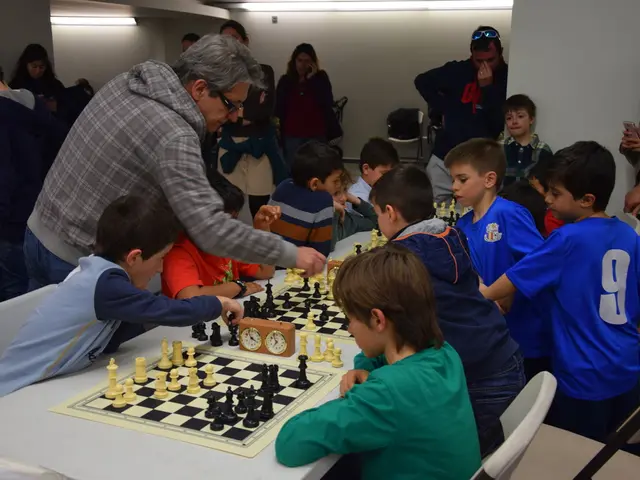Contemplating AI's Role in Predicting Climate Catastrophe's Progression
In the realm of art, AI-powered tools like Midjourney, DALL-E 2, and Stable Diffusion are lowering the barriers of entry, offering opportunities for activists, grassroots organizers, and even children to visualize possible futures. However, these tools also pose challenges when it comes to depicting the climate crisis and its impact on marginalized communities.
ImageNet, a leading dataset organisation, recently had to remove 600,000 offensive images due to their complicity in reproducing racist and sexist power dynamics. AI art generators learn from these datasets, and as a result, they often reinforce existing socioeconomic hierarchies, overrepresenting Western culture, white people, and men.
The vicious circle of prejudice reinforcement occurs as biased search results feed the biased systems that created the images in the first place. For instance, when prompted to create images about "rich wealthy white corporate executives," AI image generators rarely depict white people. Instead, they create abstracted images of explosions reminiscent of nuclear bombs.
On the other hand, when prompted with terms like "refugees" or "migrants," AI image generators often feature people of colour in undignified or precarious situations. This not only perpetuates harmful stereotypes but also fails to accurately represent the lived experiences of those affected by the climate crisis.
Geographical biases are also present in AI-generated art, with Western cities being predominantly represented when depicting "sea level rising" and "flooded cities." This oversight overlooks the disproportionate impact the climate crisis has on communities in the Global South, particularly in countries like Pakistan, Senegal, and Nigeria, where recent floods have caused widespread destruction.
AI-generated images may not be novel enough or too familiar to compel understanding, empathy, and action. However, they can emulate the style of celebrated artists and photographers, making them a crucial tool for activists seeking to educate and engage people about the climate crisis. Artwork by Marcel McKenzie, for example, highlights this potential, using AI-generated images to depict the climate crisis in a way that is both thought-provoking and impactful.
Dr. Dylan Mulvin, a professor of Media and Communications at the London School of Economics, discusses the potential of AI art in depicting the climate crisis and its possible impact on activism. AI art needs to respect the very people who are disproportionately impacted by the climate emergency to positively contribute to the movement for climate justice.
As AI art continues to evolve, it is crucial that we address these biases and ensure that these tools are used to amplify the voices of those most affected by the climate crisis, rather than perpetuate harmful stereotypes and injustices. AI art can be a powerful tool for change, but only if we approach it with a critical and thoughtful lens.
Read also:
- Peptide YY (PYY): Exploring its Role in Appetite Suppression, Intestinal Health, and Cognitive Links
- Toddler Health: Rotavirus Signs, Origins, and Potential Complications
- Digestive issues and heart discomfort: Root causes and associated health conditions
- House Infernos: Deadly Hazards Surpassing the Flames








